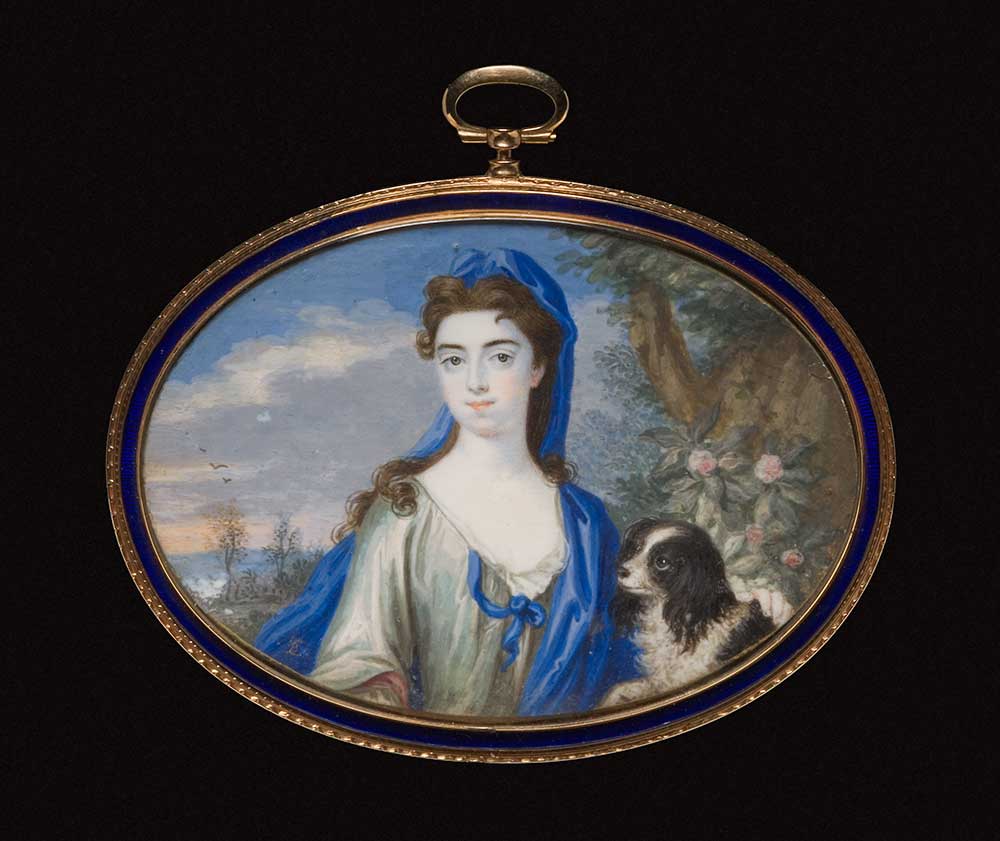STARTS
2014-08-13 00:00:00
Ends
2015-02-22 23:59:59
Location
The Sitter and the Setting
Starr Miniature Collection: The Sitter and the Setting
Characteristically, the most prominent feature of a portrait is the person who sits for the painting. A portrait artist is charged with capturing the physical appearance of the sitter, as well as an indication of their personality and social standing. The setting in which the sitter is presented is another significant aspect of a portrait. These miniatures, ranging from the 17th to the 19th centuries, depict a variety of settings that convey characteristics of the sitters or the painting styles of the era.
This exhibition includes a variety of portrait types: some figures are surrounded by verdant forests dotted with flowers in the manner of late-18th-century painters, while others are dramatically framed with drapery or set against an indistinguishable background. Miniatures showing people mingling within the scenery serve as small-scale genre scenes. A pair of miniatures depicts townspeople crossing a bridge spanning a river populated by swimmers, and revelers engaged in a celebration.
Some sitters share their setting with those dear to them, such as a lady with her loyal black and white Brittany Spaniel or a mother with her young child, who holds on to her mother’s necklace, possibly a miniature. Other portraits, such as a young girl holding a book, indicate their subjects’ interests. Combining aspects of both portraiture and landscape are miniatures with small-scale, detailed scenes in the background, including vistas of a castle or ships at harbor.
